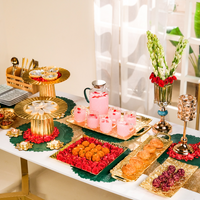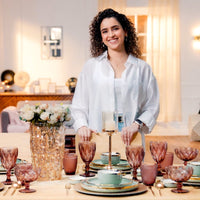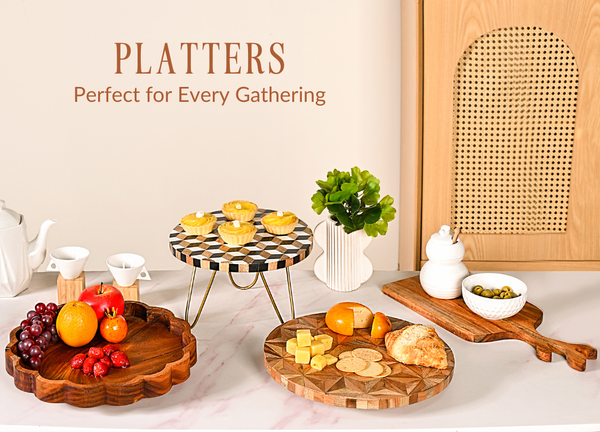In the world of culinary arts, food presentation is not merely about serving a dish; it's about crafting an experience. The first glimpse of a beautifully plated meal can evoke anticipation, excitement, and even a hint of wonder. It sets the stage for what is to come, tantalising not only the taste buds but also the eyes.

From the meticulous arrangement of ingredients to the strategic use of colours and textures, every detail matters in the art of food plating and presentation. This blog aims to delve into the intricacies of this craft, exploring the fundamental principles, innovative techniques, and cultural influences that shape the way you present food. Join us on a journey to discover the secrets behind creating visually stunning and unforgettable dishes.

Fundamentals Of Food Presentation
At the heart of culinary artistry lies a profound understanding of the fundamentals of food presentation. It's akin to composing a symphony, where each note plays a vital role in creating a harmonious masterpiece. Balance reigns supreme, ensuring that no single element overshadows the others but rather contributes to a cohesive whole. This equilibrium can be achieved through careful consideration of flavours, textures, and visual elements, resulting in a dish that is as pleasing to the eye as it is to the palate.
1. Colours
Contrast emerges as the brushstroke that adds depth and intrigue to the canvas of the plate. Just as light and shadow create dimension in a painting, the strategic juxtaposition of colours, shapes, and textures enlivens the dining experience, drawing the diner's gaze and anticipation. Meanwhile, colour serves as the palette from which chefs craft their edible art, infusing dishes with vibrancy, emotion, and symbolism.
Explore: https://nestasia.in/collections/plate

2. Texture
Texture, the tactile sensation of food, completes the sensory symphony, inviting diners to engage not only with their taste buds but also with their sense of touch. Whether it's the crisp crackle of a caramelised crust or the silky smoothness of a velvety sauce, texture adds layers of complexity and pleasure to the dining journey.
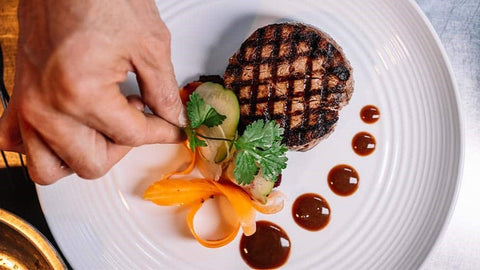
In essence, mastering the fundamentals of food presentation is about wielding balance, contrast, colour, and texture as the tools of culinary expression, transforming ordinary ingredients into extraordinary culinary experiences that delight and inspire.
Explore: https://nestasia.in/collections/platters
Tools And Techniques For Artful Plating
Just as a painter relies on brushes and palette knives to bring their vision to life on canvas, a chef depends on an array of tools and techniques to turn a dish into a visual masterpiece on the plate. These tools are not merely utensils but extensions of the chef's creativity and precision, enabling them to sculpt, layer, and arrange ingredients with finesse and flair.
1. Tools
Precision is paramount in the world of food presentation, and chefs rely on specialised tools such as precision tweezers, offset spatulas, and ring moulds to achieve immaculate plating. These tools allow for meticulous placement of ingredients, ensuring that every element is positioned with purpose and precision.
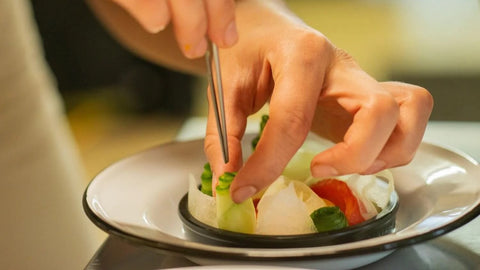
Furthermore, attention to detail extends beyond the arrangement of ingredients to encompass aspects such as portion control and garnishing. Chefs use tools like portioning spoons and squeeze bottles to ensure consistency in portion sizes and to add the finishing touches that elevate a dish from good to great.
Also Explore: https://nestasia.in/collections/kitchen-tools
2. Techniques
Techniques also play an equally crucial role in the art of plating, offering chefs a myriad of ways to create visual interest and complexity on the plate. From stacking and layering to drizzling and making a quenelle, each technique brings its own unique effect to the presentation, allowing chefs to unleash their creativity and imagination.
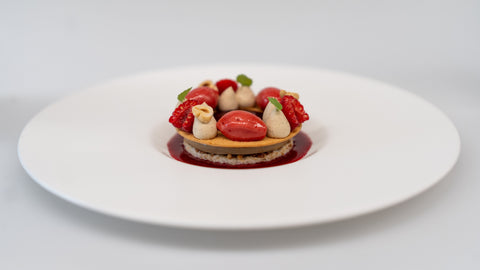
Hence, mastering the tools and techniques of artful plating is about empowering chefs to translate their culinary vision into reality, transforming a mere collection of ingredients into a work of edible art that delights the senses and captivates the imagination.
Visit: https://nestasia.in/collections/dessert-glasses
Creativity And Innovation In Food Presentation
At the intersection of culinary artistry and innovation lies a realm where chefs push the boundaries of traditional food presentation, unleashing their creativity to captivate diners with awe-inspiring plates. In this realm, every dish becomes a canvas for experimentation and a playground for culinary imagination. Renowned chefs around the globe are constantly pushing the envelope, pioneering new techniques and styles that redefine the art of food presentation.

From avant-garde molecular gastronomy to minimalist Japanese aesthetics, the possibilities are as limitless as the chef's imagination. One of the hallmarks of creative food presentation is the ability to tell a story on the plate, evoking emotions, memories, and experiences through visual cues and thematic elements. Chefs draw inspiration from a myriad of sources, from nature and culture to art and literature, weaving narratives that transcend mere sustenance and elevate dining to an immersive sensory experience.
Visit: https://nestasia.in/collections/serving-bowls

Moreover, innovation in food presentation extends beyond aesthetics to encompass sustainability and ethical considerations. Chefs are increasingly mindful of the environmental impact of their creations, exploring innovative techniques and ingredients that minimise waste and celebrate the bounty of the earth. Thus, creativity and innovation in food presentation are about pushing boundaries, challenging conventions, and reimagining what is possible on the plate. It's about daring to dream, daring to experiment, and daring to create culinary experiences that leave a lasting impression on all who partake.
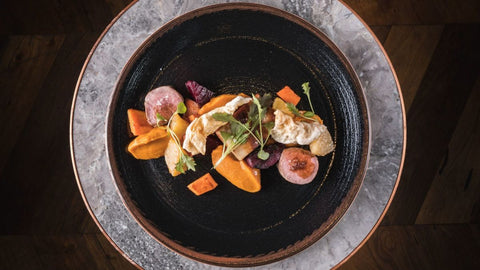
Incorporating Cultural And Seasonal Influences
Food is more than just sustenance; it is a reflection of culture, history, and identity. Chefs who embrace cultural and seasonal influences in their food presentation honour tradition while celebrating the ever-changing tapestry of flavours and ingredients available throughout the year.
1. Cultural Influences
Cultural influences permeate every aspect of food presentation, from the techniques used to the ingredients selected. Chefs draw inspiration from their heritage, as well as from global culinary traditions, infusing their dishes with a rich tapestry of flavours, aromas, and textures. Whether it's the delicate artistry of Japanese kaiseki or the bold flavours of Mexican street food, cultural influences add depth and authenticity to food presentation, inviting diners on a journey of culinary discovery.
Visit: https://nestasia.in/collections/table-mats
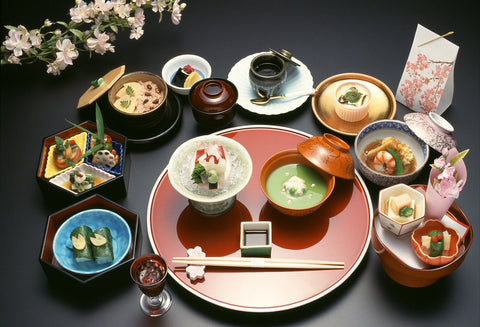
2. Seasonal Influences
Seasonality plays a pivotal role in food presentation, with chefs leveraging the bounty of each season to create dishes that are both fresh and flavourful. From vibrant spring greens to hearty winter root vegetables, seasonal ingredients offer chefs a palette of colours and flavours to work with, ensuring that each dish reflects the essence of the season. Moreover, incorporating seasonal ingredients not only enhances the visual appeal of dishes but also supports local farmers and promotes sustainability.
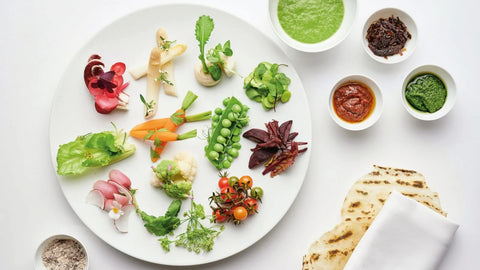
Incorporating cultural and seasonal influences in food presentation is about honouring tradition, embracing diversity, and celebrating the rich tapestry of flavours that make up the global culinary landscape. It's about infusing dishes with authenticity and freshness, inviting diners to savour the unique flavours of each culture and season with every bite.
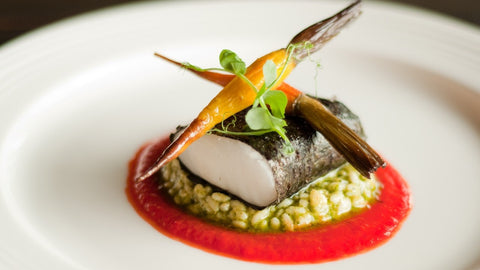
Practical Tips For Home Cooks And Aspiring Chefs
1. Master The Basics: Strengthen fundamental cooking skills to lay a solid foundation for food presentation.
2. Opt For Essential Tools: Invest in basic utensils like a chef's knife and offset spatula, prioritising functionality over luxury.
3. Experiment With Plate Composition: Play with plate shapes, sizes, and colours, keeping in mind the rule of thirds and negative space.
4. Play With Colours & Textures: Incorporate a variety of colours and textures to enhance the visual appeal and create contrast on the plate.
Visit: https://nestasia.in/collections/jugs
5. Purposeful Garnishing: Use garnishes to add flavour and visual interest, selecting fresh herbs, edible flowers, and citrus zest strategically.

6. Simplicity Is Key: Avoid overcrowding the plate and focus on highlighting the main ingredients with thoughtful arrangement.
7. Mindful Plating: Take your time to plate each dish with precision, using tweezers for delicate placement and ensuring consistency in portion sizes.
8. Learn From Professionals: Study plating techniques from professional chefs through cookbooks, cooking shows, and online resources.
9. Embrace Imperfection: Accept that not every plate will be flawless and use mistakes as opportunities for growth and learning.
10. Seek Feedback: Solicit input from peers and family to refine your plating skills and continuously improve.
Also Visit: https://nestasia.in/collections/drink-dispensers

Conclusion
Food presentation is the combination of artistry, technique, and culture, where chefs craft experiences that tantalise the senses and evoke emotions. By mastering fundamentals, embracing creativity, and honouring tradition, chefs elevate mere ingredients into culinary masterpieces. Through practice, experimentation, and a commitment to excellence, every plate becomes a canvas, inviting diners on a journey of discovery and delight.









